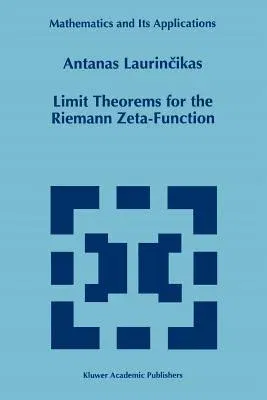Antanas Laurincikas
(Author)Limit Theorems for the Riemann Zeta-FunctionPaperback, 9 December 2010

Qty
1
Turbo
Ships in 2 - 3 days
In Stock
Free Delivery
Cash on Delivery
15 Days
Free Returns
Secure Checkout
Part of Series
Mathematics and Its Applications
Part of Series
Mathematics and Its Applications (Closed)
Print Length
306 pages
Language
English
Publisher
Springer
Date Published
9 Dec 2010
ISBN-10
904814647X
ISBN-13
9789048146475
Description
Product Details
Author:
Book Format:
Paperback
Country of Origin:
NL
Date Published:
9 December 2010
Dimensions:
23.39 x
15.6 x
1.7 cm
ISBN-10:
904814647X
ISBN-13:
9789048146475
Language:
English
Location:
Dordrecht
Pages:
306
Publisher:
Weight:
449.06 gm

